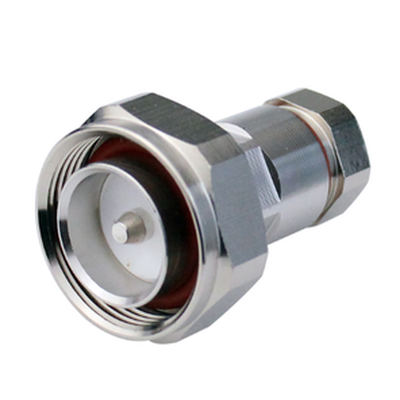Forums » News and Announcements
New opportunities for the development of the power of
-
I. Growth in market demand
Popularization of electronic products: With the popularization of consumer electronic products such as smart phones, laptops, tablet computers, etc., and the acceleration of the update and replacement speed, the demand for power of plate heat exchanger from these devices is also constantly increasing.
The development of new energy vehicles: The rapid development of new energy vehicles has driven the growth in demand for efficient heat dissipation solutions. The battery packs, motors and electronic control systems of electric vehicles and other components require effective heat dissipation systems to ensure their normal operation and extend their service life.
Data centers and cloud computing: With the continuous development of cloud computing and big data technologies, the demand for power of plate heat exchangers in data centers is also continuously increasing. Data centers require efficient cooling systems to ensure the stable operation of servers and the security of data.
Ii. Technological Innovation and Upgrading
Application of new materials: The application of advanced heat dissipation materials such as graphene and carbon nanotubes has significantly enhanced the performance of the power of plate heat exchanger. These new materials have higher thermal conductivity and better mechanical properties, and can meet the more demanding heat dissipation requirements.
Process improvement: The application of advanced heat dissipation technologies such as liquid cooling and heat pipe cooling has effectively reduced the operating temperature of the equipment and enhanced the heat dissipation efficiency. The introduction of these new processes has promoted technological innovation and industrial upgrading in the power of plate heat exchanger industry.
Iii. Policy Support and Guidance
Industrial policies: The state has introduced a series of policies to encourage the development of industries such as information technology and new energy vehicles, providing a broad space for the development of the power of plate heat exchanger industry. These policies include preferential measures in aspects such as financial support, tax preferences, and market access.
Environmental protection regulations: With the increasingly strict environmental protection regulations, the power of plate heat exchanger industry needs to develop in the direction of green and low-carbon. This has promoted innovation and improvement in the power of plate heat exchanger industry in aspects such as material selection and production processes to meet environmental protection requirements.
power of plate heat exchanger https://www.yojointernational.com/news/Factors-affecting-the-power-of-phe.shtml
